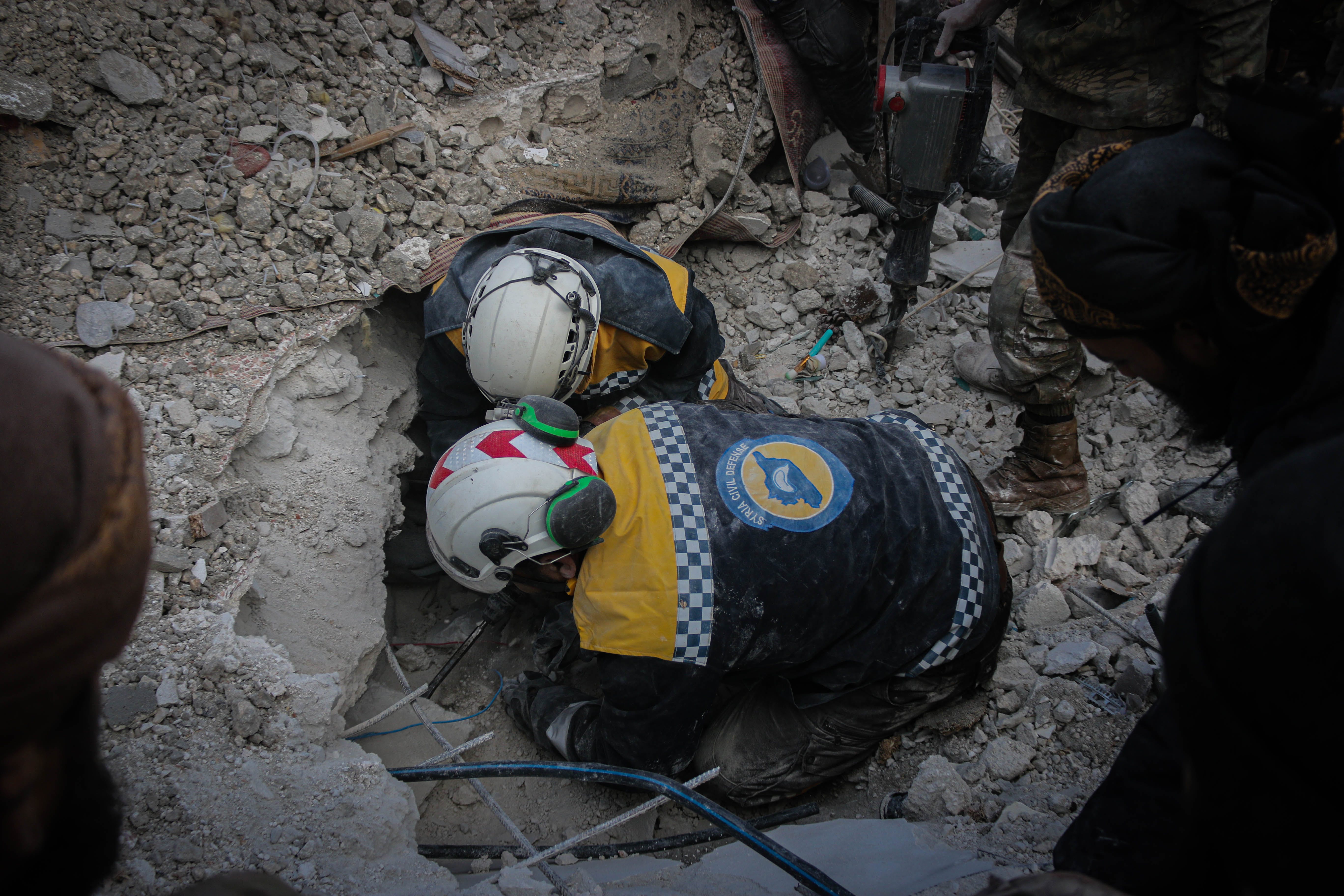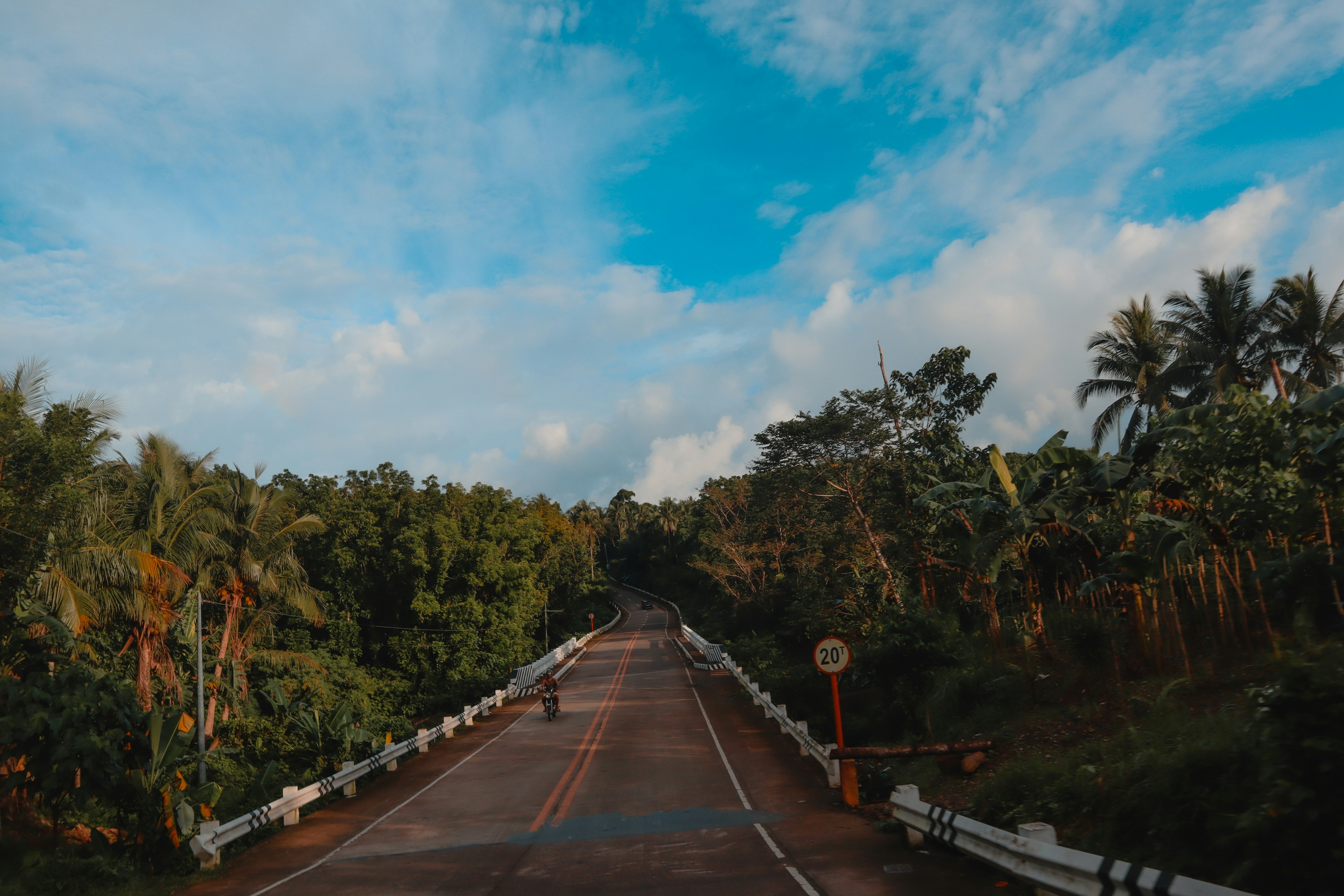For women working in patriarchally structured sectors such as emergency services or humanitarian relief, professional networks can be an invaluable resource. They become a place where achievements are celebrated, questions asked, issues identified, priorities discussed, and change collectively pursued. To mark IWD2020, Humanitarian Advisory Group (HAG)’s Beth Eggleston recently came together for a panel discussion with the co-founders of two influential women’s networks, Amanda Lamont from Australasian Women in Emergencies (AWE) and Rosalia Gitau from Humanitarian Women’s Network (HWN). The panellists discussed commonalities and differences of their networks, the role of women’s networks in creating change in the emergency services and humanitarian aid sectors, and the unique ways in which women work and make decisions.
Building ourselves, with ourselves, in ourselves
The establishment of both HWN and AWE grew from a need to capture the actual experiences of women working in humanitarian aid and emergency services. Both networks began humbly, as informal gatherings of female professionals. HWN (now in its fifth year) was born on a Saturday afternoon at a restaurant in Guinea during the 2015 Ebola response. Co-founder Rosalia recalls the first HWN meeting when ‘all types of women from all agencies involved in the Ebola response convened there…and it became a much welcome over-share of experiences’ of discrimination and abuse in the humanitarian aid sector. AWE, celebrating its 2nd birthday this year, began at a coffee shop with three like-minded women working in the Australian emergency services. What started as a brainstorming session ended with an email sent out to 200 women employed or volunteering in emergency services across Australia. Humanitarian Advisory Group, too, began in such a way: as an animated discussion over a coffee in 2012. Each network recognised and leveraged the individual strengths and specialisations of their co-founders and early membership. And continue to do so. Perhaps, herein lies the success and longevity of all three.
Although the purpose and motivations of HWN and AWE are different, leveraging of resources and capacities for evidence-based action pervades both networks. After the initial HWN get together in Guinea, it was resolved that anecdotes ought to influence action, and numbers needed to be gathered in order to inform evidence-based change in the sector. It just so happened that one woman present on that Saturday had a PhD in quantitative survey research and volunteered to design and produce the first statistically significant survey about female experience in the humanitarian aid system. The survey revealed shocking statistics: half the respondents reported being touched in an unwanted way by a male colleague in the workplace, forty of the respondents were sexually assaulted by a colleague, and 4% of respondents had been raped while working in humanitarian aid. The survey results also uncovered serious failings in reporting structures designed to protect the vulnerable and punish perpetrators in the sector. From these findings, the founders of HWN came up with seven recommendations which were presented to the Inter Agency Standing Committee (IASC) and HWN set out to achieve a work environment in the humanitarian sector where discrimination, harassment and abuse against women would no longer be tolerated.
Amanda and her AWE co-founders, similarly relied on their own connections in the emergency services as well as membership, specifically 300 responses to their own survey, to capture how women work in emergency services and related sectors around Australia in formal employment or in a volunteer capacity. “We exposed an underworld of women just getting on with it, not thinking (their work) was too special”, Amanda says. They coined this recognition of women in emergency services an #ustoo moment, focused on shining a light on women ‘doing all the things men are doing’, and promoting and celebrating this work rather than venturing down an advocacy path.
Creating and maintaining inclusive networks
What does an inclusive women’s network look like? AWE has taken inclusive to another level and now accepts male and female membership from a range of sectors, recognising that many men are just as supportive of female achievement in the sector and are passionate about building more equal workplaces alongside women. For HWN, building and maintaining an inclusive network involves a number of key elements. Currently, with more than 8,000 female members working in many different areas of the international humanitarian aid arena, the network has representation of women from the North and South, national and international staff, and 95% regular membership engagement. This creates a lot of traffic on their platforms which are closely monitored to ensure solidarity among membership.
HWN and AWE both seek to foment constructive discussion and tangible impact. The co-founders at HWN have engaged in a consultative management style in which questions on the function and direction of the network are posed to the membership. Members have identified mentoring and skills training as priorities, as well as assistance with holding off-line events. Rosalia says that management, decision-making, and direction of HWN needs to be flexible, in order to ‘go with the time and be fit for purpose’. AWE is also launching a mentoring program and Amanda sees the success of AWE not in its size, but in what the network is achieving. With a growing membership, AWE ‘can be called upon to get information – when we want to know something we can reach out and ask our members’.

How important is the decision-making process in creating a meaningful, inclusive network? Is the way women’s networks make decisions unique?
AWE and HWN were founded and are headed by female volunteers, something that has undoubtedly influenced governance structure and perhaps led to a more proactive leadership style. The co-founders of HWN have found that leadership decisions made on consensus are fundamental to creating an inclusive network or ‘safe space’. Although this process may take longer than more hierarchical decision making, it is informed by diverse opinions and individual specialisations. In this way, consensus makes for a more sustainable and representative network – “We’ve found that the adage ‘if you want to go fast, go alone. If you want to go far, go together’ to be especially true for our progress” Rosalia notes. Similarly, for AWE, having a discussion and trusting the respective and diverse skills of the founders in decision-making is crucial for the network: ‘You want people to think differently in order to enhance the discussion’.
This prompts a deeper examination: are women genetically, or at least socially, prone to engage in discussion-based, consensus decision making? If so, what social factors contribute to this type of decision-making? And, how does it compare to the command-and-control model? One idea discussed by the panel was that the inclination of women to pursue consensus decision-making stems from a history of working and living in contexts where opinions held by women are not valued. This has informed a natural way of operating: one where ideas and concerns are chatted and discussed within networks before being presented or spoken aloud. Perhaps then, female network leaders shy away from traditional command and control, or hierarchical leadership decisions because they are a symptom of a Western patriarchal working environment that they have been forced to previously ‘lean into’ in order to be visible and to succeed.
The power of women’s networks in contributing to a more equal world
It could be said that these women’s networks are a social experiment in which we can see the impact of alternative leadership styles on the membership and the environment of the network. Through HWN and AWE, women can easily access support and help by posing a question or engaging with fellow members working in their sector. They can find information on the experiences of their colleagues working in emergency services and humanitarian aid. And through these networks, individuals can collectively influence reform. Rosalia sees HWN as, at its core, a place where women can begin to trust and help each other and competition between women vying for a place (or to remain) in the sector can be reduced. ‘It starts within ourselves’, she says. With HWN growing at 25% per month, the co-founders hope that every single female aid worker can be a member of the network and come together to turn commitments into action. Currently, quotas have been the way to cover efforts for systematic inclusion, but more aggressive measures need to be instituted: ‘we’re 50% of humanity and we need to be 50% of the seats at the table, and we know how to get to gender parity, but are you going to enact it?’, Rosalia flags.
Looking forward, AWE’s goal is to grow with purpose. Becoming a trusted resource of information for women working and volunteering in emergency contexts in Australia and New Zealand, the AWE committee seeks to act as a conduit to take concerns of their membership to sectoral leaders in order to affect evidence-based, structural change. To ensure that women are given the same cleared pathway to leadership that men have been able to walk and to ensure that, when a crisis occurs and good, accountable leadership is required, women are not automatically pushed to one side. AWE hopes to also establish a vast array of networks for women working in domestic emergency services in other nations.
The beauty of many informal, professional networks is that they are accessible and, particularly for women working in hostile, intense environments away from home, become a place of reassurance and support. Inherently, they become an environment of collaboration rather than competition. In order to achieve a fairer, more equal world for all marginalised groups trying to work in patriarchal systems, networks like Australasian Women in Emergencies (AWE) and Humanitarian Women’s Network (HWN) are more important than ever. As HWN co-founder Rosalia Gitau summed it up, ‘the power of women’s networks is that, when the institution is failing, we can leverage economic, local and social capacities to protect others’.
The theme of this year’s International Women’s Day centred around the notion of collective individualism for a gender equal world. That is, we are all parts of a whole and if all of these parts are engaged in better ways of working and being, a fairer and more inclusive world can be cultivated for all. A great example of collective individualism is that of networks. Networks have the ability to connect and support individuals and, ultimately, to make people feel less alone. In fact, we can see the value of networks as we face the current COVID-19 public health crisis, as people utilise social media groups or notes placed under a neighbour’s doormat to reach out to vulnerable groups and offers of assistance, creating a more compassionate and connected population.
Image credit: Jesse McCommon, HAG.






